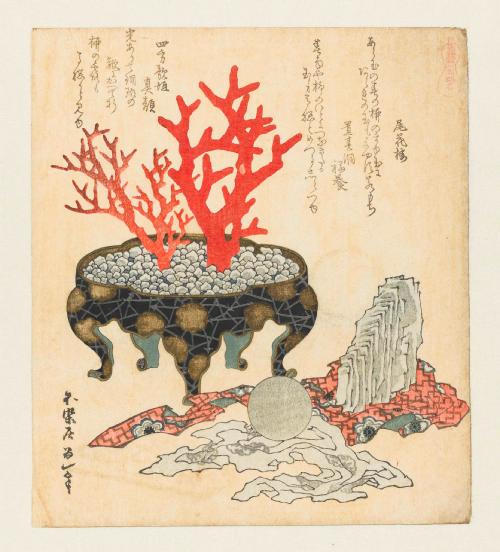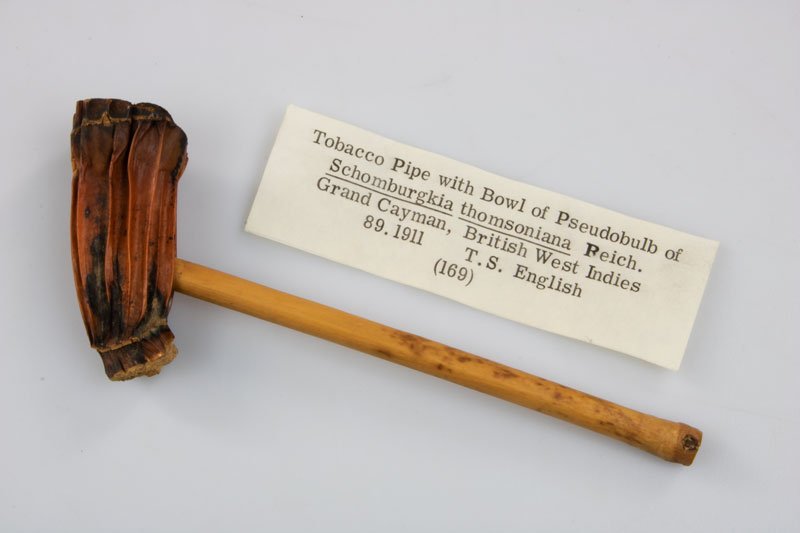Following Living Things and Still Lifes in a Global World
© copyright of the Board of Trustees of the Royal Botanic Gardens, Kew
A one-day interdisciplinary conference
Saturday 12th February 2022, University of Warwick
Keynote Speaker: Professor Helen Cowie, Professor of Early Modern History, University of York
Registration closes on Monday 7th February 2022
Conference blog: https://blogs.warwick.ac.uk/humanities_rc/entry/following_living_things/
Programme (PDF file)
Call for Papers (now closed) (PDF file)
What was the relationship between the trade in living tropical orchids and their botanical illustrations in Victorian England? How did people understand the relationship between the lacquer that flowed as sap from trees, and lacquer as the surface of art objects in early modern period? The aim of this conference is to follow both natural and artificial objects across global boundaries and between the disciplines of history, history of art and history of science. This will reveal the very different paths and meanings natural objects acquire once they leave their natural habitats and transition from living materials to objects of trade, science and art.
When we approach history of trade and exchange, especially when it comes to natural products, there could be a boundary between living or ‘dead’ material, between a living thing and a ‘still life’. One opposition refers to the mobility of materials, the other touches upon living and dead matter. Tackling the definition of ‘living things’ and ‘still life’ from history of art, our purpose is to challenge the frontiers between natural and artificial objects, including plants and animals, to problematize the particularities of their exchange in a global world. Moreover, is it possible to follow this object through the artistic and scientific representations of it? We ask ourselves if the real object and its representation can be exchangeable and, in that case, how a ‘still life’ can lead us to follow natural and artificial objects in a global world. In a broad sense, this is also a good opportunity to consider the methodological boundaries between history and history of art.
This conference will discuss the theme with both theoretical and methodological approaches. We want to focus on the objects and its paths and representations around the world. Researchers that touch upon different geographical and temporal spaces are welcomed. Suggested fields include but are not limited to: global history, history of consumption, history of art, history of science, literary studies, cultural studies, anthropology and geography.
Although the conference will be held at University of Warwick, speakers can choose to attend in person or online. The conference will be held in an all-virtual format.
To submit a proposal: send an abstract of a 20 minute paper (up to 300 words), with a short biography (up to 150 words) to livingandstill2022@outlook.com by 23.59 (BST) on Sunday 12th September Sunday 31st October 2021
Conference email:
livingandstill2022@outlook.com
Organisers:

Agate, Katsushika Hokusai, 1822, nishikie, with metallic pigments, blindprinting, tsuyazuri and surface polishing (on the branch of coral), h 206mm × w 180mm, Rijksmuseum, Amsterdam.

